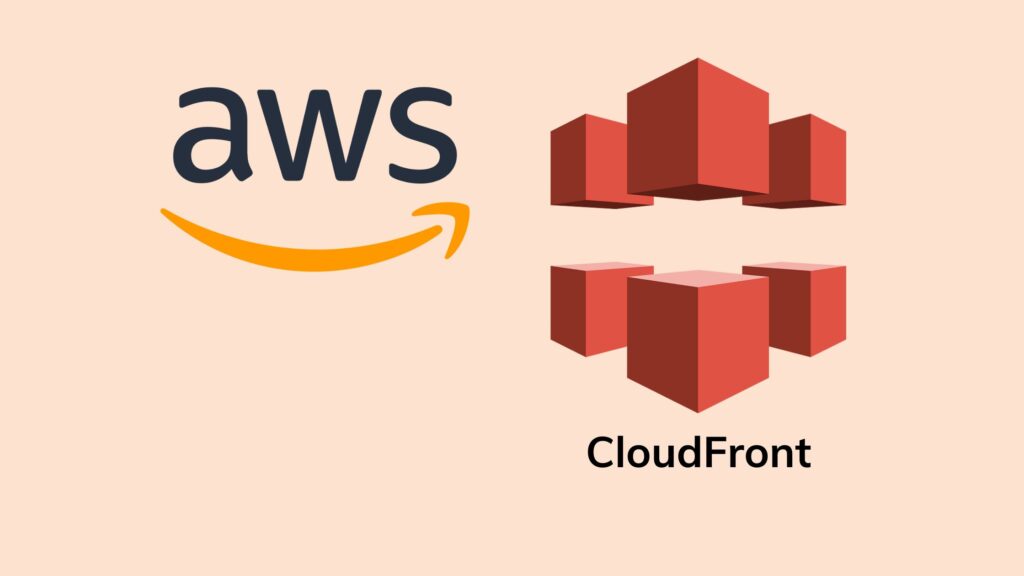I have prepared a list of top 20 AWS CloudFront interview questions and answers to help you get ready for your interview:
- What is AWS CloudFront?
AWS CloudFront is a global content delivery network (CDN) service that accelerates the delivery of web content and APIs to users by caching copies of content at edge locations closer to the end-users.
- How does CloudFront work?
CloudFront works by distributing content across multiple edge locations worldwide. When a user requests content, CloudFront retrieves it from the nearest edge location, reducing latency and improving the user experience.
- What are the main features of CloudFront?
The main features of CloudFront include caching, geo-targeting, custom SSL/TLS certificates, access control, real-time logging, and integration with other AWS services like S3, EC2, and Lambda.
- What is an edge location?
An edge location is a physical data center facility where CloudFront caches content closer to the end-users. There are multiple edge locations globally to reduce latency and improve performance.
- What is the difference between an origin server and a CloudFront distribution?
An origin server is the source of your content, while a CloudFront distribution is the configuration that tells CloudFront how to cache and serve your content from edge locations.
- How do you create a CloudFront distribution?
You can create a CloudFront distribution using the AWS Management Console, AWS CLI, or SDKs by specifying the origin server, cache behavior, and other distribution settings.
- What is cache behavior in CloudFront?
Cache behavior is a set of rules that determine how CloudFront caches and serves content from the origin server. It includes settings like allowed HTTP methods, cache TTL, and forwarding headers, cookies, and query strings.
- How does CloudFront handle HTTPS?
CloudFront supports HTTPS between users and edge locations, as well as between edge locations and origin servers. It can also use custom SSL/TLS certificates to support your domain’s HTTPS requirements.
- What are signed URLs and signed cookies?
Signed URLs and signed cookies are mechanisms to secure access to your CloudFront content. They allow you to grant temporary, limited access to specific content by generating a unique URL or cookie that includes an access policy and signature.
- How can you use AWS Lambda@Edge with CloudFront?
Lambda@Edge allows you to run AWS Lambda functions at CloudFront edge locations, enabling you to customize content delivery or execute serverless functions in response to CloudFront events like viewer request, viewer response, origin request, and origin response.
- What is the difference between a regional edge cache and a standard edge location?
A regional edge cache is an intermediate caching layer between the standard edge locations and the origin server. It reduces the load on the origin server and improves cache hit ratios by aggregating requests from multiple standard edge locations.
- How do you invalidate objects in CloudFront?
You can invalidate objects in CloudFront by creating an invalidation request using the AWS Management Console, AWS CLI, or SDKs. Invalidation requests remove the specified objects from edge locations, forcing CloudFront to fetch fresh content from the origin server.
- What is the default TTL for objects in CloudFront?
The default Time-to-Live (TTL) for objects in CloudFront is 24 hours (86400 seconds). You can customize the TTL using cache behavior settings or by setting the Cache-Control or Expires headers on your origin server.
- Can CloudFront be used with non-AWS origin servers?
Yes, CloudFront can be used with any HTTP/HTTPS origin server, including servers hosted outside of AWS.
- How does CloudFront handle dynamic content?
CloudFront can handle dynamic content by forwarding headers, cookies, and query strings to the origin server, effectively bypassing the cache. You can also use Lambda@Edge to customize content delivery based on request attributes, such as user agent or geographic location.
- How do you monitor CloudFront performance?
You can monitor CloudFront performance using Amazon CloudWatch, which provides metrics like request count, error rates, cache hit ratios, and data transfer. You can also use AWS CloudTrail for auditing and logging API calls made to CloudFront.
- What is the difference between CloudFront and Amazon S3 Transfer Acceleration?
CloudFront is a CDN that caches and serves content from edge locations, while Amazon S3 Transfer Acceleration optimizes the transfer of data to and from Amazon S3 using CloudFront’s globally distributed edge locations.
- How does CloudFront handle DDoS attacks?
AWS Shield is a managed DDoS protection service integrated with CloudFront, which provides automatic protection against common infrastructure layer DDoS attacks. For additional protection, AWS Shield Advanced is available, offering enhanced detection, mitigation, and support for larger-scale DDoS attacks.
- What is the cost structure of CloudFront?
CloudFront’s pricing is based on data transfer out to the internet, the number of HTTP/HTTPS requests, and additional features like custom SSL/TLS certificates, real-time logs, or Lambda@Edge function executions. Invalidation requests and AWS Shield DDoS protection may also incur additional costs.
- How do you optimize CloudFront performance?
You can optimize CloudFront performance by using gzip compression at the origin server, selecting optimal cache behavior settings, using regional edge caches, and implementing Lambda@Edge functions for customizations that cannot be cached. Additionally, you can use Amazon Route 53 for latency-based DNS routing to further improve user experience.
These questions and answers should help you prepare for AWS CloudFront interviews and demonstrate your knowledge of the service. Good luck!


